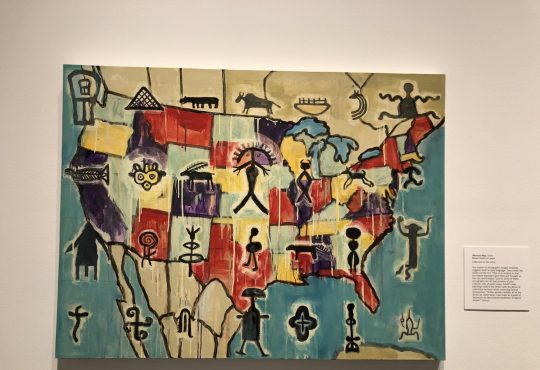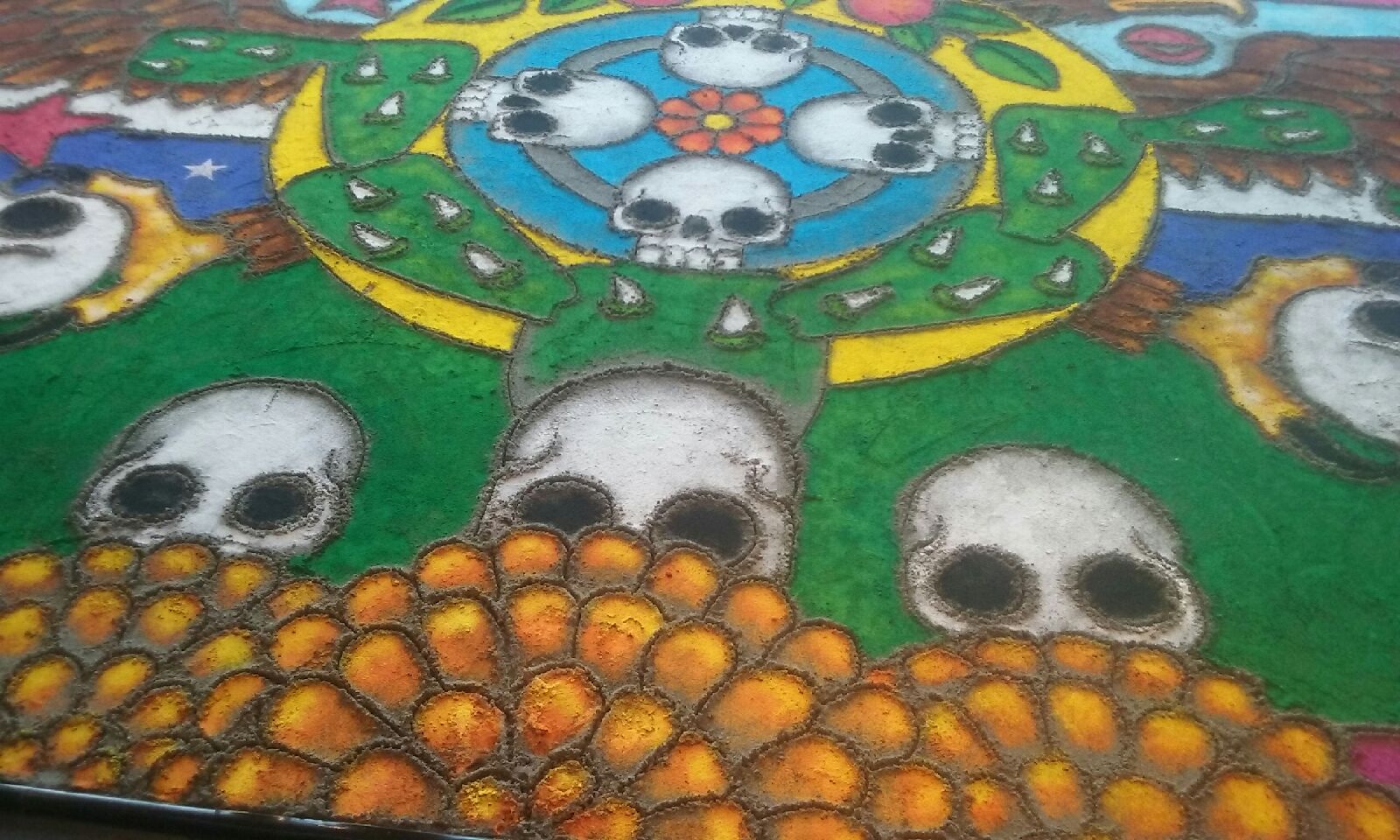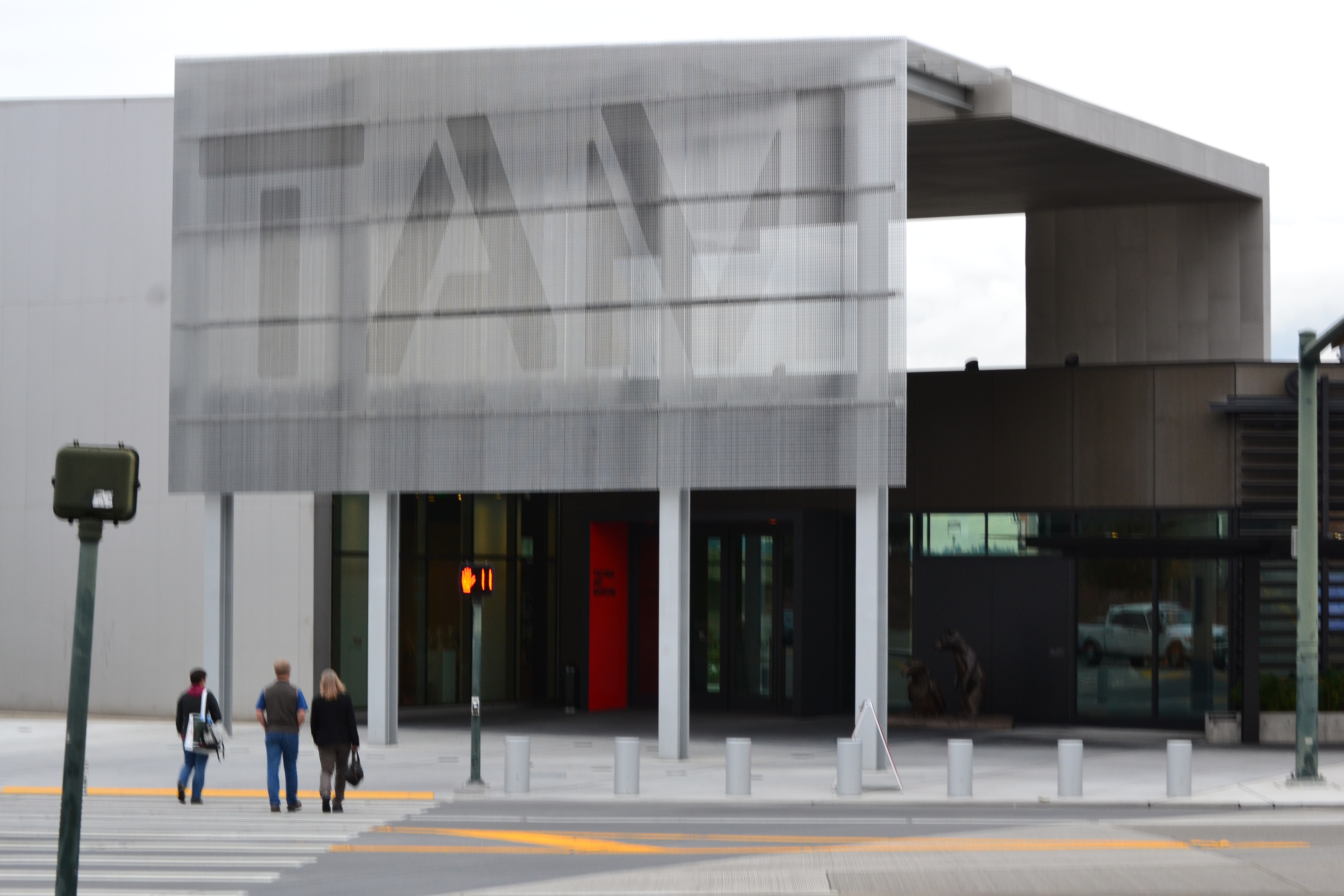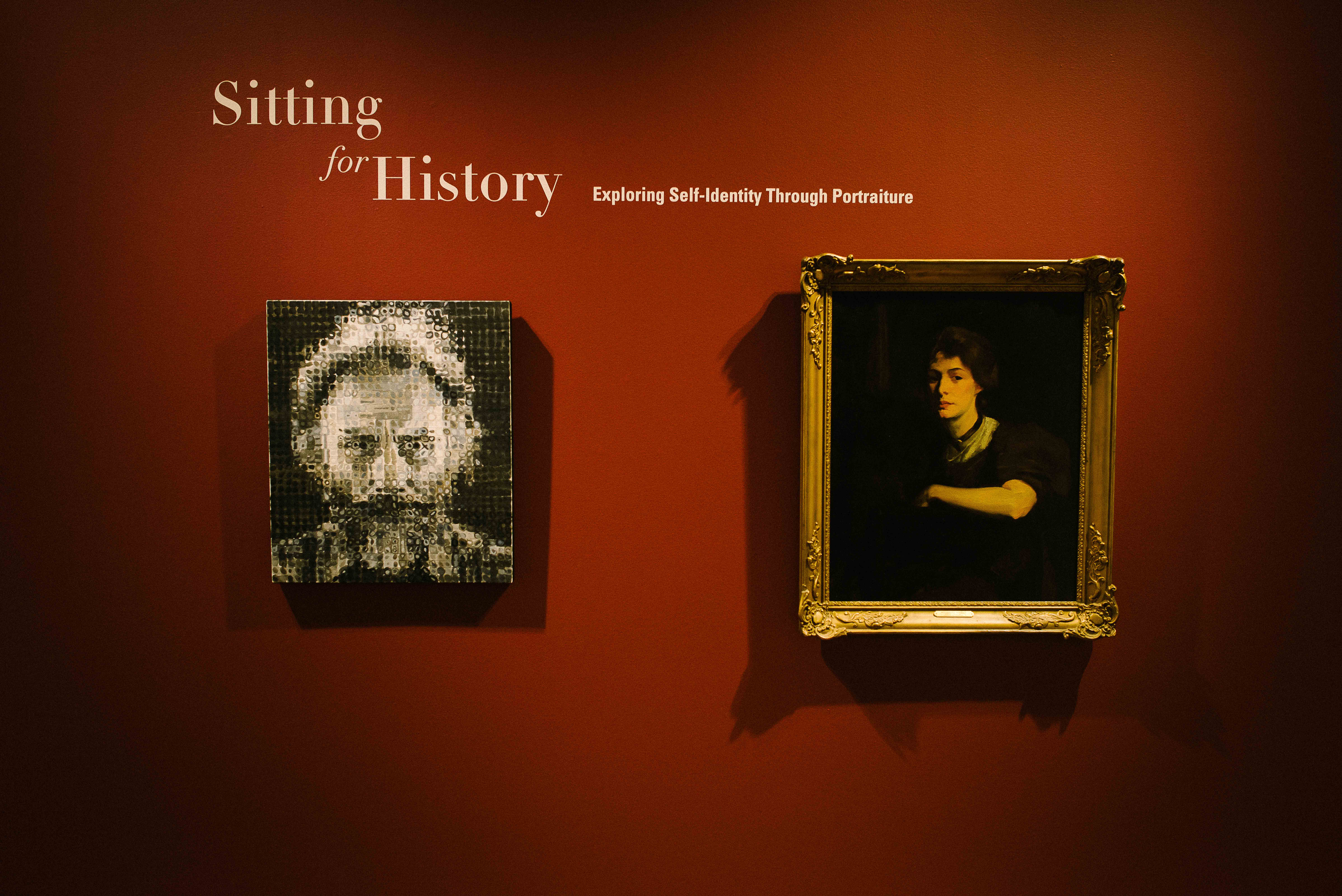At times the connection between what we study in college and its real-world application can be hard to reconcile. This has certainly been the case at times for me as I enter my third year of studies at the University of Puget Sound.
It’s important to point out that this isn’t the case for everyone and everyone’s college experience is undeniably unique. As a History major the real-world use for what I learn is different from someone who, for example, is studying business management.
This past Saturday marked an event that helped me see how I can use what I learn in the real world as the Tacoma Art Museum opened its doors and welcomed visitors to experience their newest exhibit: The Haub Family Collection of Western American Art.
The exhibit was generously donated by Liliane and Christian Haub and features over 250 unique pieces of artwork ranging from figure portraits, to bronze sculptures to landscape paintings and each piece feels both significant and unique.
Along with artwork, the Haub family also helped fund a 16,000 square-foot addition to the museum that was built by architect Olson Kundig and is where their collection is displayed.
This new addition to the museum, which exists already as a staple within Tacoma’s artistic community, only means good things for anyone fascinated by great works of cultural and historic art.
The exhibit features numerous pieces of bronze sculpture work, landscape paintings, and portraits and through this collection we see a great focus placed both the West and man’s interaction with it.
In order to help provide context to the many unique pieces within the collection, the exhibit features a number of timelines that display the different states that each piece was created in, who the artist was, and the time of creation.
It further helps put things into perspective by providing written explanations on plaques throughout the exhibit about what museumgoers could expect to find in each section.
It’s safe to say that nearly every piece within the collection helps capture the essence of the American frontier and by examining some of these pieces we see a number of interesting themes develop.
For example the exhibit featured a number of contrasting landscape paintings of different parts of the West by artists such as Georgia O’Keefe. In some paintings there would be beautiful arrays of colors depicting the West as a lush new land.
However, in direct contrast to this, the exhibit also features a number of pieces depicting the West as an arid, unforgiving wasteland that lacked the vivid colors that artists like O’Keefe displayed.
This sort of artistic dichotomy can be understood by using tools like the interactive timelines, which allow viewers to consider that these pieces were created in different states, and by artists who had differing experiences and opinions about the Frontier.
In addition to the landscape paintings the exhibit features a great number of portraits by artists like John Clymer. The exhibit makes it a point to explain the significance that arises from these early depictions of frontier men and women.
Through the power of painting, artists like Clymer essentially were able to transform everyday men and women into symbols of a bygone American era.
Connected to this, the collection also demonstrates man’s relationship with nature within the Frontier through the many bronze sculptures on display throughout the exhibit.
In almost every piece featured we see man interacting with animals with a personal favorite being “To The Last Drop” by artist Charles Schreyvogel which exists as both a painting and a sculpture within the exhibit and helps demonstrates this connection.
Having access to resources like the Tacoma Art Museum ultimately helped me feel more comfortable about my education and what I’ve learned already. It helped me notice a difference with myself that is undoubtedly due to my time at Puget Sound.




